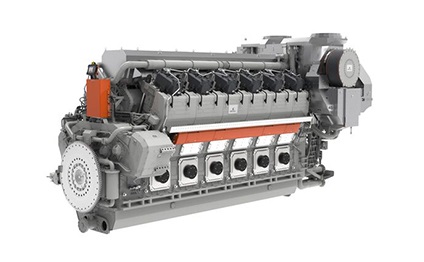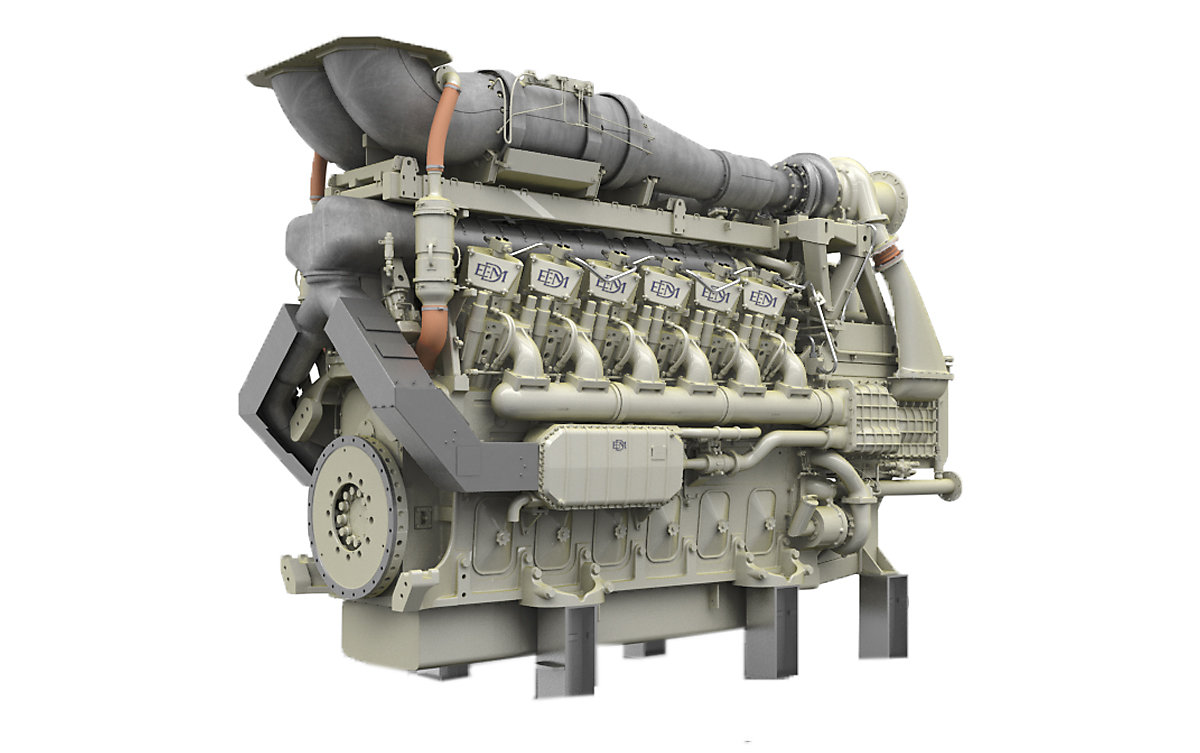The Mission for Ultimate Driving Power: Checking Out the Pinnacle of Engine Efficiency and Technological Breakthroughs in the Automotive Market
In the realm of vehicle design, the quest of optimum driving power has been an unrelenting pursuit that has actually unravelled via the development of engine style and the combination of sophisticated modern technologies. From the meticulous workmanship of combustion engines to the rapid developments in electric propulsion systems, the automotive sector stands at the cusp of a new period identified by unprecedented performance capabilities.
Development of Engine Style

Additionally, the combination of turbocharging and supercharging modern technologies has changed engine style by boosting power without substantially enhancing engine size. These forced induction systems press the intake air, enabling more gas to be ignited, therefore generating greater power output from a smaller engine. This improvement has actually been specifically important in enhancing the performance of smaller sized variation engines while keeping fuel effectiveness standards.

Performance-Enhancing Fuel Technologies
The application of sophisticated fuel modern technologies has actually significantly added to boosting engine efficiency in modern-day automobiles. From typical fuel and diesel to cutting-edge biofuels, artificial gas, and hydrogen, the vehicle field is observing a change in gas choices. Biofuels, obtained from renewable resources like sugarcane, algae, or corn, deal minimized exhausts and improved engine performance. Synthetic fuels, generated with chemical processes, provide high octane rankings, boosting power outcome. Hydrogen fuel cells, although still in the very early stages of adoption, show terrific promise due to their zero-emission nature and possibility for high performance. In addition, fuel ingredients and detergents are being formulated to tidy engine components, maximize burning, and lower friction, therefore enhancing general car efficiency. With continuous research study and growth, the mission for the ultimate driving power continues, as designers aim to open the full possibility of performance-enhancing fuel technologies in the vehicle sector.
Developments in Electric Propulsion
Considerable strides in electrical propulsion modern technology have actually transformed the automobile market, leading the way for a brand-new era of efficient and sustainable transportation. Electric cars (EVs) are acquiring popularity because of their environmental advantages and advancements in battery innovation, allowing longer driving varieties and shorter charging times. Producers are investing heavily in r & d to enhance the performance of electrical propulsion systems, concentrating on raising power result, boosting power performance, and decreasing general weight.
One significant development in electrical propulsion is the advancement of advanced electric motors that deliver greater torque and power density, resulting wikipedia reference in improved velocity and general driving performance. Additionally, regenerative stopping systems have been refined to store and catch power throughout slowdown, further boosting the efficiency of EVs.
Additionally, the combination of smart technologies, such as expert system and predictive analytics, is optimizing the monitoring of electrical propulsion systems, making sure ideal efficiency under different driving conditions. These developments in electric propulsion are improving the automotive landscape, driving the industry in the direction of an extra sustainable and amazed future.
Impact of Computational Liquid Dynamics
With advancements in electric propulsion pressing the boundaries of vehicle innovation, the integration of Computational Fluid Characteristics is playing a crucial role in enhancing aerodynamic efficiency and boosting general performance in car layout. Computational Fluid Dynamics (CFD) entails making use of computer system simulations to evaluate the circulation of air around a car, making it possible for designers to anticipate how style adjustments will affect aerodynamics without the need for expensive physical models. By properly modeling air flow patterns, CFD enables the refinement of vehicle forms to lower drag, boost cooling, and enhance stability.
One trick advantage of making use of CFD in vehicle design is the ability to iterate quickly, discovering countless layout variants to determine the most aerodynamically efficient services. This repetitive process results in cars that are not only sleeker and a lot more aesthetically attractive yet additionally more fuel-efficient and eco-friendly. CFD makes it possible for designers to maximize air movement around elements such as radiators, engine bays, and wheel wells, contributing to enhanced performance and general driving experience. Finally, the combination of Computational Fluid Dynamics stands for a significant advance in the pursuit for best driving power and a knockout post performance in the vehicle market.
Future Fads in Engine Technology
In the dynamic landscape of automobile engineering, sophisticated innovations are shaping the future trajectory of engine innovation. The future of engine layout is marked by a solid emphasis on performance, performance, and sustainability. Suppliers are progressively focusing on creating engines that not only provide high power outputs yet also focus on environmental duty by boosting and decreasing exhausts fuel performance.
One popular fad in engine development is the surge of electrification. Hybrid and electrical powertrains are gaining traction as sensible options to traditional combustion engines. These innovations supply the potential for considerable decreases in carbon emissions and enhanced power performance, aligning with worldwide initiatives to combat climate modification.
Moreover, advancements in materials science and production strategies are enabling the production of lighter and a lot more sturdy engine components. This shift towards light-weight products such as carbon fiber and light weight aluminum alloys contributes to improved efficiency and fuel economic situation.
Conclusion
In conclusion, the quest of utmost driving power in the automotive sector continues to drive innovations in engine layout, gas modern technologies, electrical propulsion, and computational liquid characteristics. The evolution of these technologies is shaping the future of engine advancement, leading the way for much more effective and powerful vehicles (engines for africa). As the industry remains to press the limits of what is possible, we can anticipate to see also extra cutting-edge growths in the mission for peak efficiency
One of the vital landmarks in engine style development is the transition from conventional link carbureted engines to modern fuel-injected systems. By specifically metering the gas shipment to each cyndrical tube, fuel-injected engines enhance combustion, resulting in far better efficiency and decreased environmental impact.
Furthermore, the assimilation of turbocharging and turbo charging technologies has actually revolutionized engine style by enhancing power without dramatically boosting engine size (engines for africa).The implementation of advanced gas innovations has dramatically contributed to enhancing engine efficiency in modern lorries. Furthermore, gas additives and cleaning agents are being developed to tidy engine components, maximize combustion, and lower friction, therefore improving overall automobile efficiency